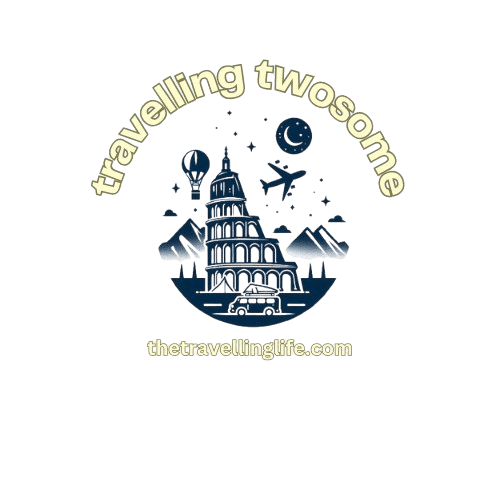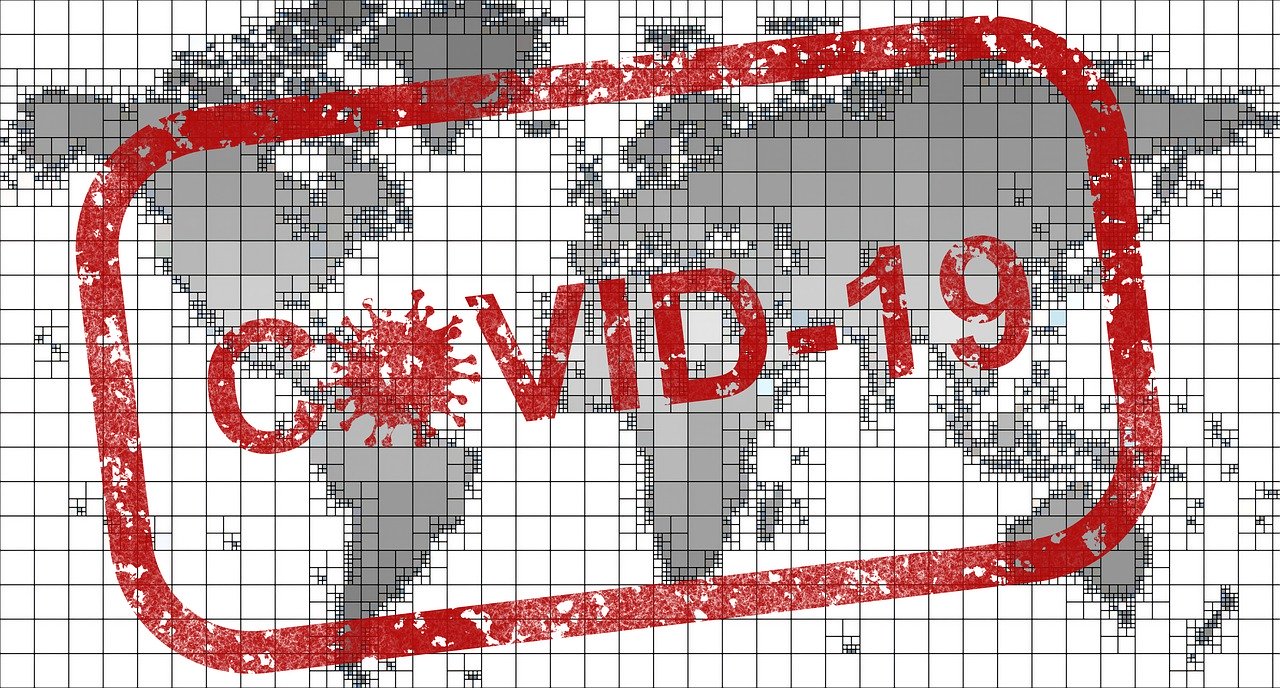With the outbreak of coronavirus COVID-19, there are a lot of ‘terms’ floating around and some people tend to confuse them such as quarantine vs isolation and social distancing.
This is especially true regarding travel to and from your country of origin and how things differ in Canada and the U.S.
What Is Quarantine?
People are in quarantine when they are not currently sick but may have been exposed to a communicable disease (such as COVID-19), therefore a waiting period is required to see if they develop the disease.
The concept of quarantine has been around since biblical times and was in place during the Bubonic plague, 1918 flu pandemic, the 1972 Yugoslav smallpox outbreak and, of course, now the 2019-20 coronavirus pandemic.
According to the Government of Canada, for travellers returning to Canada who have NO symptoms, it is mandatory to quarantine yourself – ‘no exceptions!’
- GO DIRECTLY TO YOUR PLACE OF QUARANTINE – Upon returning, go immediately to your place of quarantine and remain there for 14 days, or longer if you experience symptoms of COVID-19 or have been in contact with someone else who has shown symptoms.
- WEAR A MASK – especially if travelling from one place to another
- MAINTAIN PHYSICAL DISTANCE AT ALL TIMES – a distance of 6 feet (2 meters) or more is recommended
- USE PRIVATE TRANSPORTATION TO YOUR PLACE OF QUARANTINE IF POSSIBLE – such as a personal vehicle
- AVOID STAYING WHERE SUSCEPTIBLE PEOPLE ARE RESIDING – Seniors (over 65), those with a pre-existing medical or respiratory condition
- DO NOT LEAVE – unless it is to obtain medical attention
- DO NOT USE PUBLIC TRANSPORTATION – buses, taxicabs, etc.
- AVOID CONTACT WITH OTHERS OUTSIDE THE PLACE OF QUARANTINE – do not have visitors
- DO NOT GO OUTSIDE THE HOME – to places of business, schools, public area
- HAVE DELIVERY ARRANGEMENTS IN PLACE – food/meals, medications, cleaning provisions
During these 14 days, if you do develop symptoms, you must:
- Isolate yourself from others
- Call a medical health professional immediately, describe all symptoms and travel history
- Follow all instructions carefully
The History of Quarantine in the United States
In the United States, they have Quarantine Stations.
While it is not mandatory for individuals to immediately quarantine themselves upon returning home, there are Quarantine Stations set up at 20 ports of entry and land-border crossings. The staff includes medical and public health officers and this staff can decide whether or not to let a person enter the United States.
The CDC (Centers for Disease Control and Prevention) has the authority to deny anyone entry if they suspect them of having a communicable disease. They can also force them to stay at home to prevent further spread.
What Is Isolation?
To be in isolation means that when a person becomes infected with a communicable disease (COVID-19), the person is separated from healthy individuals to stop the spread of the disease.
Canada’s Mandatory Isolation Rules are:
- GO DIRECTLY TO PLACE OF ISOLATION – You must do this as quickly as possible and STAY there for 14 days
- WEAR A MASK – This is especially important if you are in transit
- PHYSICAL DISTANCE – You must do this at all times
- AVOID PUBLIC TRANSIT – Use private means such as your vehicle if at all possible
- AVOID VULNERABLE INDIVIDUALS – do not isolate where there are others who have a pre-existing medical condition, respiratory problems or are 65 and older
- STAY INSIDE – Leave ONLY if you need medical attention
- BE PREPARED – Have necessities (food, medication, cleaning supplies) delivered
- AVOID CONTACT WITH OTHERS – Do not have visitors and limit contact with others while isolating, including children
Should your symptoms worsen, seek medical attention immediately and follow instructions exactly!
What is Social Distancing
In addition to quarantine vs isolation, we also have social distancing which means reducing your distance from others. By the way, the World Health Organization (WHO) prefers to call it ‘physical distancing’ instead of social distancing because of the negative connotation we associate with social distancing.
Physical implies the actual distance we should be from each other (six feet or two meters) in crowded areas and gatherings such as shopping malls, grocery stores, public events, stadiums, arenas, etc.
Social implies being in contact with others.
WHO feels physical distancing is a better term. At a recent WHO conference on COVID-19, Maria Van Kerhove (an infectious diseases epidemiologist), suggested that “people need to feel socially connected with their loved ones during this pandemic. Physical distance is extremely important but being socially connected is just as important for our mental health and psychological well-being.”
With all the technology we have today such as Skype, Zoom, Facetime, Social Media, Emails, etc., it is much easier to connect with others and maintain our social networks yet remain physically distant.
Final Thoughts
Whether it’s quarantine vs isolation or just social distancing, we can agree that these terms are all part of our daily vocabulary and existence, and maybe for some time to come. We don’t know when things will return to what we consider ‘normal’ but we should prepare ourselves for it to go on for quite a while in the foreseeable future.
As for us, we do very little travel, try to follow the ‘rules,’ and take each day as it comes in Puerto Morelos.
What are your thoughts on this article? Do you think we are doing enough?


